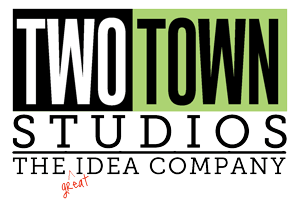Opportunity knocks
We spent our Saturday over at the Minneapolis Gift Market and came away somewhat energized, as we always do after these kind of events, as well as a little bit troubled – kind of a weird combination, but then – times are weird. The tri-annual Mpls show is pretty small and easily covered in a day: a couple hundred showrooms that are mostly rep groups with multiple lines, and a couple dozen temps – nothing like Atlanta, New York, Dallas or other major gift markets. But then those places won’t have several showrooms devoted to (my) Scandinavian heritage items either…uff-da….
It is always energizing to get out and scrutinize finished product on the shelves, see who is doing what and how they are doing it, what is good and what is just plain bad. I would venture to say that there is no better connection to the art licensing business than a gift show – better than social media groups, coaches or seminars, better than walking Surtex or Licensing. All of those have something to offer but pale in comparison to what you can learn in the “trenches” of the industry. After all, this is what it’s really about – the business of getting those products out of the factories and onto the retailer’s shelf.
And then the little bit troubling part. Normally in any gift show we usually see a fair number of new products that have us mumbling “wish I had thought of that”, but not so much last weekend. (Actually, not so much last Atlanta show either.) We were able to stand outside many of the showrooms, look in at the displays and see that we didn’t need to bother with closer inspection as it was the “same old stuff.” A disquieting number of showrooms were empty of buyers – and some were jammed – and we could make a direct correlation between the quality of the lines they represented and the number of buyers. Notice I said “quality”, not the number of lines represented or the amount of product displayed. Those selling well designed, nicely done product lines were busy writing business. Even so, as one (very busy) rep we talked with said, “They are only buying what they are sure they can sell.”
Yes, times may be a little weird, but I think the best way to view this is as an opportunity – the market is always seeking clever new ideas and fresh design, and apparently never more so than right now.
